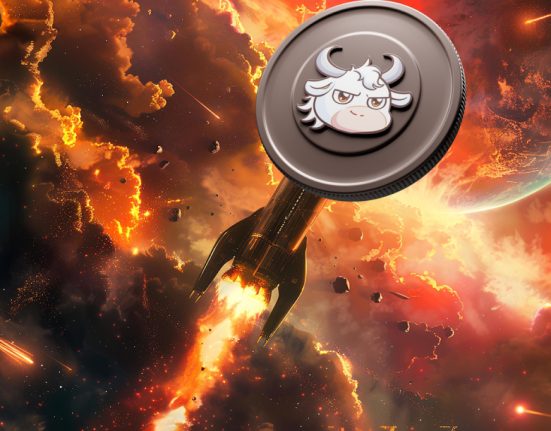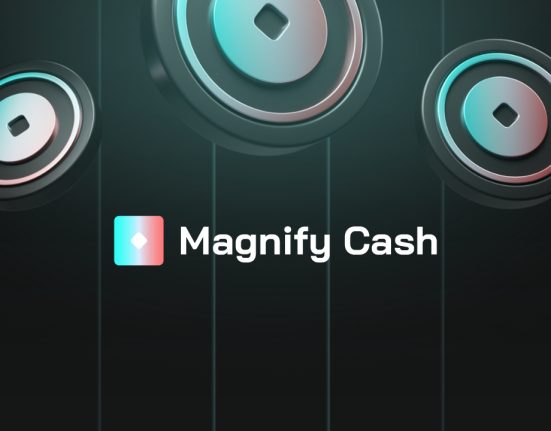Pandemic-induced stimulus measures in the United States have unleashed a monetary tidal wave, with the central bank responsible for printing roughly 80% of all dollars in circulation since 2020, in a financial turn of events that might rewrite the economic playbook. However, this enormous increase in money supply is far from a panacea; instead, it has triggered a cascade of negative consequences that significantly impact the economy.
The shocking data were revealed on August 27, when The Kobeissi Letter, a well-known macroeconomic commentary outlet, issued a bombshell: the number of dollars in circulation had increased by an astounding 375% in just three years. To put this in context, as the globe prepared for the arrival of COVID-19 at the start of 2020, nearly $4 trillion was in circulation. Fast forward to today, and the monetary situation has changed dramatically, with an eye-watering $19 trillion in M1 circulation, according to The Kobeissi Letter.
This enormous rise in money printing was a desperate attempt to resurrect the economy, providing financial support to individuals and businesses adversely damaged by the lockdown’s instability. However, the outcome has been far from expected, with some questioning the price the country is paying for this sudden cash inflow. “We are now reaping the benefits of overnight trillions of dollars.” “Is it any surprise that inflation has reached a 40-year high?” complained one commentator.
As the economic dust settles, it’s clear that the monetary flood had far-reaching consequences. Despite a recent drop in the money supply, the economic impact remains consistent. The Federal Reserve’s M2 statistic, which includes cash, savings, and short-term saving vehicles, reflects the grim reality. The currency’s value has been severely undermined, resulting in a price increase and rampant inflation. Today’s dollar has much less purchasing power than it did five years ago, demonstrating the serious ramifications of this unusual financial experiment.
The rising inflation rates emphasize the crisis even more. In the United States, inflation rose to 3.2% in July, a startling reversal after a year of gradual declines. The recent decision by Federal Reserve Chairman Jerome Powell that the central bank would continue raising interest rates “if appropriate” in the face of persistently high inflation further adds to the concern.
Amid this disturbing backdrop, the average US household is balanced perilously on a financial tightrope. The contrast is stark: a typical credit card debt of $7,300 and a modest savings balance of $5,300. The rising cost of essential commodities has rendered affordability nearly obsolete, removing the façade of “free money” that was supposed to alleviate financial burdens.
The Federal Reserve’s pronouncement that inflation is “transitory” has gone down in history as one of its most infamous blunders. As public cynicism grows, the gap between their pledges and the brutal reality has not gone ignored.
While the dollar’s future appears uncertain, it still plays a leading role in foreign transactions, with a recent top of 46%, according to Bloomberg data. On the other hand, the de-dollarization trend is undeniable, with more countries adopting the concept of conducting commerce in their currencies. Last week, Brazil’s President sparked controversy by proposing a BRICS-wide common currency, claiming that such a move would broaden payment choices and reduce vulnerabilities.
The aftereffects of the pandemic stimulus measures continue to unfold in this age of financial instability, with both planned and unexpected impacts affecting the global economic landscape.














